The rotation speed of the bearing is mainly limited by the temperature rise caused by the friction and heat inside the bearing. When the rotation speed exceeds a certain limit, the bearing will be unable to continue rotating due to burns, etc.
The limiting speed of a bearing refers to the limit value at which it can rotate continuously without generating frictional heat that may cause burns.
Therefore, the limiting speed of the bearing depends on various factors such as the type, size and accuracy of the bearing, as well as the lubrication method, the quality and quantity of the lubricant, the material and type of the cage, and the load conditions.
The limit speed given by the bearing manufacturer generally refers to the highest speed that can be achieved under agreed conditions, such as:
- Bearing tolerance is level 0;
- Bearing clearance is group 0;
- The bearing load is 10% of the rated load;
- Lubrication and cooling conditions are normal;
- Radial bearings only bear radial loads, and thrust bearings only bear axial loads;
- The outer ring temperature does not exceed 100°C, etc.
- The speed range required by the application will help determine what type of bearing to use.
The product catalogs of most bearing manufacturers provide the limiting speed value of their products. Practice has proved that it is better to work at a speed lower than 90% of the limiting speed.

Selection of bearing type based on rotation speed
A. Ball bearings have higher limit speed and rotation accuracy than roller bearings, so ball bearings should be preferred at high speeds.
B. Under the condition of the same inner diameter, the smaller the outer diameter, the smaller the rolling elements, and the smaller the centrifugal inertia force exerted by the rolling elements on the foreign raceway during operation, so it is suitable to work at higher speeds.
Therefore, at high speeds, bearings with smaller outer diameters in the same diameter series should be selected. If a bearing with a smaller outer diameter is used and the load-bearing capacity cannot meet the requirements, the same bearing can be installed in parallel, or a wide series of bearings can be considered.
C. The material and structure of the cage have a great influence on the bearing speed. The solid cage allows higher rotational speeds than the stamped cage, and the bronze solid cage allows higher rotational speeds. Generally, deep groove ball bearings, angular contact bearings, and cylindrical roller bearings should be used in higher-speed working situations; in lower-speed working situations, tapered roller bearings can be used. The limiting speed of tapered roller bearings is generally about 65% of that of deep groove ball bearings, 70% of that of cylindrical roller bearings, and 60% of that of angular contact ball bearings. Thrust ball bearings have a low limit speed and can only be used in low-speed applications.
Factors affecting bearing speed
Factors affecting the bearing limit speed include:
- The size of the external load;
- force direction;
- Type of lubricant, amount of lubricant;
- Bearing manufacturing accuracy refers to the tolerance level of the bearing and the clearance size of the bearing.
However, the most important factor is the operating temperature or lubricant allowed by the bearing material.
The limiting speeds of various types of bearings are listed in the bearing size and performance table of the “Rolling Bearing Product Catalog”. They are determined under the conditions of oil lubrication and grease lubrication respectively. Their scope of application is:
1. Standard (G) grade tolerance bearings;
2. Radial bearings only bear radial load, and thrust bearings only bear axial load;
3. P is less than or equal to 0.1C (C is the basic dynamic load rating of the bearing);
4. Rigid shaft and bearing seat;
5. Lubrication and cooling conditions are normal. When the bearing operates under load conditions with P greater than or equal to 0.1C, the contact stress between the raceway contact surface and the rolling elements increases, causing the bearing operating temperature to rise and the lubricant’s performance to relatively deteriorate. Therefore, the bearing’s limit speed will decrease accordingly.
Selection method of rolling bearing fit
When we perform daily maintenance or engage in mechanical design, it is crucial to reasonably and correctly select bearing coordination. The correct selection of bearing coordination is closely related to ensuring the machine’s normal operation, extending the bearing’s service life and making full use of the bearing’s load-bearing capacity.
●Whether the ferrule is rotating.
When the inner ring or outer ring of the bearing is working as a rotating ring, a slightly tight fit should be used. The amount of interference should be such that the mating surface does not “crawl” under the working load because once crawling occurs, the mating surface will Wear causing sliding. The higher the ring speed, the more serious the wear.
●Load type.
Rings that bear local loads should choose a loose transition fit or a fit with a small gap so that the friction torque between the ring raceways can drive the ring to rotate so that the ring can be stressed evenly and extend the service life of the bearing.
The ferrule that bears cyclic load should choose an interference fit or a tighter transition fit. The amount of interference should be such that it does not cause crawling on the mating surface of the ferrule and the shaft or housing hole. When subjected to swing loads, the matching requirements are the same as or slightly looser than those of cyclic loads.
Other factors affecting bearing fit
●Influence of operating temperature.
When the bearing is working, due to the influence of frictional heating and other heat sources, the temperature of the ferrule is higher than the temperature of its mating parts. Thermal expansion of the inner ring will cause its fit with the journal to loosen, while the thermal expansion of the outer ring will cause its fit with the housing hole to become tighter.
●Influence of rotation accuracy and rotation speed.
For bearings that bear larger loads and require higher rotational accuracy, to eliminate the effects of elastic deformation and vibration, fits with gaps should be avoided. For light-load bearings of some precision machine tools, to avoid the influence of the shape error of the shaft on the bearing accuracy, clearance fits are often used. It is generally believed that the higher the rotation speed of the bearing, the tighter the fit should be.
●Conditions for installing and disassembling bearings.
Considering the convenience of bearing installation and disassembly, a loose fit should be used. This is especially important for large and extra-large bearings used in heavy machinery. If easy assembly and disassembly are required and a tight fit is required, separate bearings can be used, or bearings with a tapered hole in the inner ring, an adapter sleeve and a relief groove can be used.


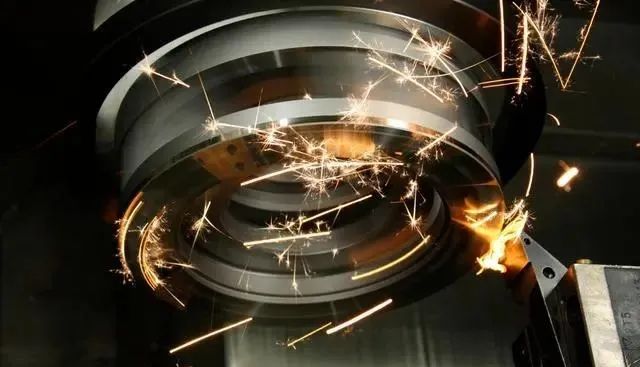
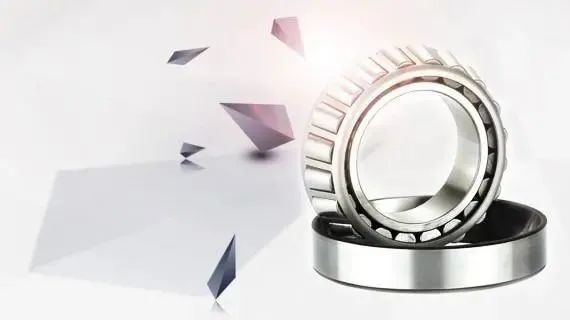
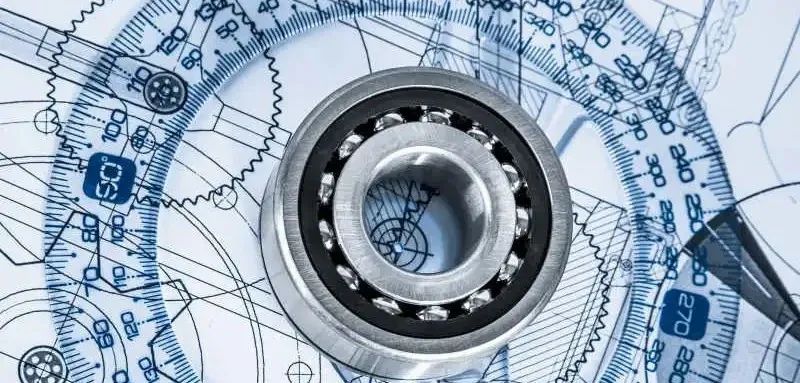
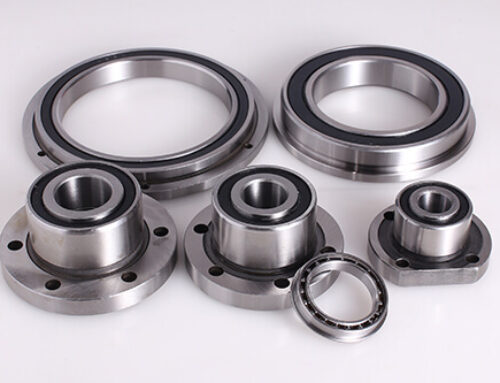
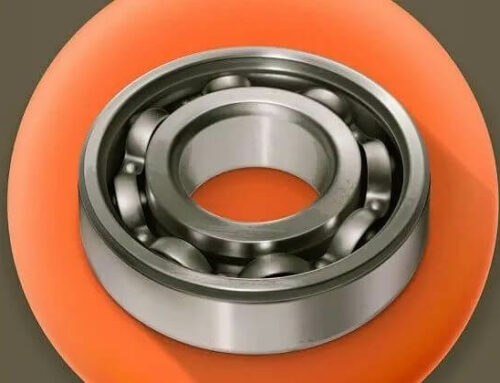
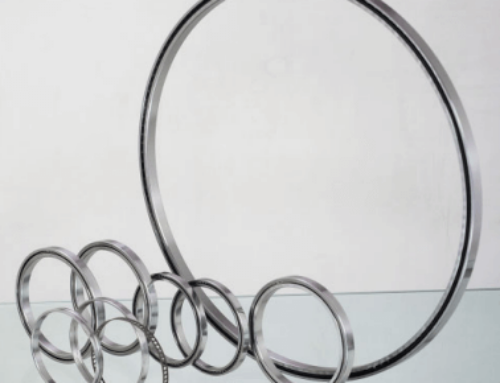
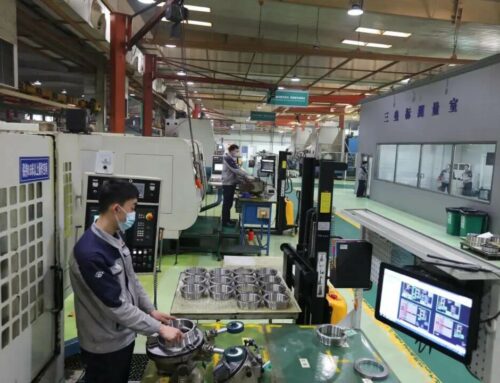
Leave A Comment